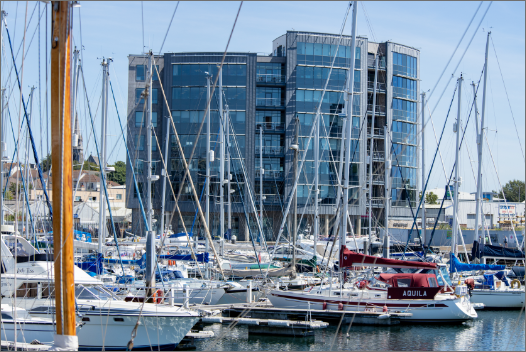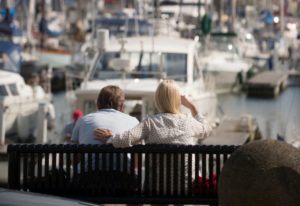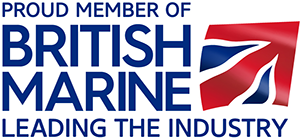Embarking on long-distance cruising from the serene Sutton Harbour Marina in Plymouth is an exhilarating prospect for seasoned sailors. However, before setting sail on offshore adventures, it is vital to prioritise safety and be well-prepared for the challenges that may arise.
In this guide, we will provide essential safety tips tailored for long-distance cruising, ensuring a secure and enjoyable voyage. From emergency preparedness to navigation practices, these tips will help you navigate the open seas with confidence and peace of mind.
Develop a Comprehensive Safety Plan
Before embarking on a long-distance cruise, it is imperative to create a thorough safety plan. This includes conducting a detailed vessel inspection to ensure all equipment is in proper working order.
Check the condition of safety equipment such as life jackets, distress signals, and fire extinguishers. Familiarise yourself with emergency procedures and make sure you have a well-stocked first aid kit on board. Additionally, establish clear communication protocols with your crew and ensure everyone is aware of their responsibilities in case of an emergency.
Weather Monitoring and Passage Planning
Weather conditions can significantly impact your offshore adventure, so diligent weather monitoring is crucial. Stay updated on marine weather forecasts and pay attention to any potential storms or adverse weather patterns. Incorporate this information into your passage planning, allowing for flexibility to adapt your route if necessary.
Familiarise yourself with available harbour facilities and safe havens along your planned course, ensuring you have alternative options in case of unexpected weather changes.

Enhance Navigation Skills and Equipment
When venturing into offshore waters, honing your navigation skills is paramount. Familiarise yourself with celestial navigation techniques, such as using the stars and sextant, as a backup to electronic navigation systems.
Ensure your electronic charts and navigational equipment are up-to-date and regularly calibrated. Carry paper charts as a backup and have a reliable GPS and radar on board. Additionally, consider investing in an Automatic Identification System (AIS) to enhance vessel tracking and collision avoidance, providing an extra layer of safety during long-distance cruising.
Maintain Regular Communication
When sailing offshore, maintaining regular communication with shore-based contacts is crucial. Establish a communication schedule to check in with family or friends at predetermined intervals. Ensure you have reliable means of communication on board, such as VHF radios, satellite phones, or marine band radios.
Familiarise yourself with emergency radio procedures and channels, enabling you to seek assistance if needed. Stay in touch with relevant coast guard or maritime authorities for updated safety information.
Crew Well-being and Comfort
For long-distance cruising, prioritise the well-being and comfort of your crew. Ensure everyone is well-rested, especially during extended passages, and establish a watch system to ensure 24-hour coverage. Adequate provisioning with food, water, and medical supplies is essential for the entire journey.
Encourage a positive and harmonious onboard atmosphere, promoting open communication and mutual respect. Regularly conduct safety drills to ensure everyone knows their roles and responsibilities in different scenarios.
In Conclusion
Embarking on a long-distance cruising adventure from Sutton Harbour Marina can be an incredibly rewarding experience. By prioritising safety, meticulous planning, and diligent preparation, you can navigate the open seas with confidence and tranquillity.
With these essential safety tips in mind, you are well-equipped to embark on an unforgettable offshore adventure.























